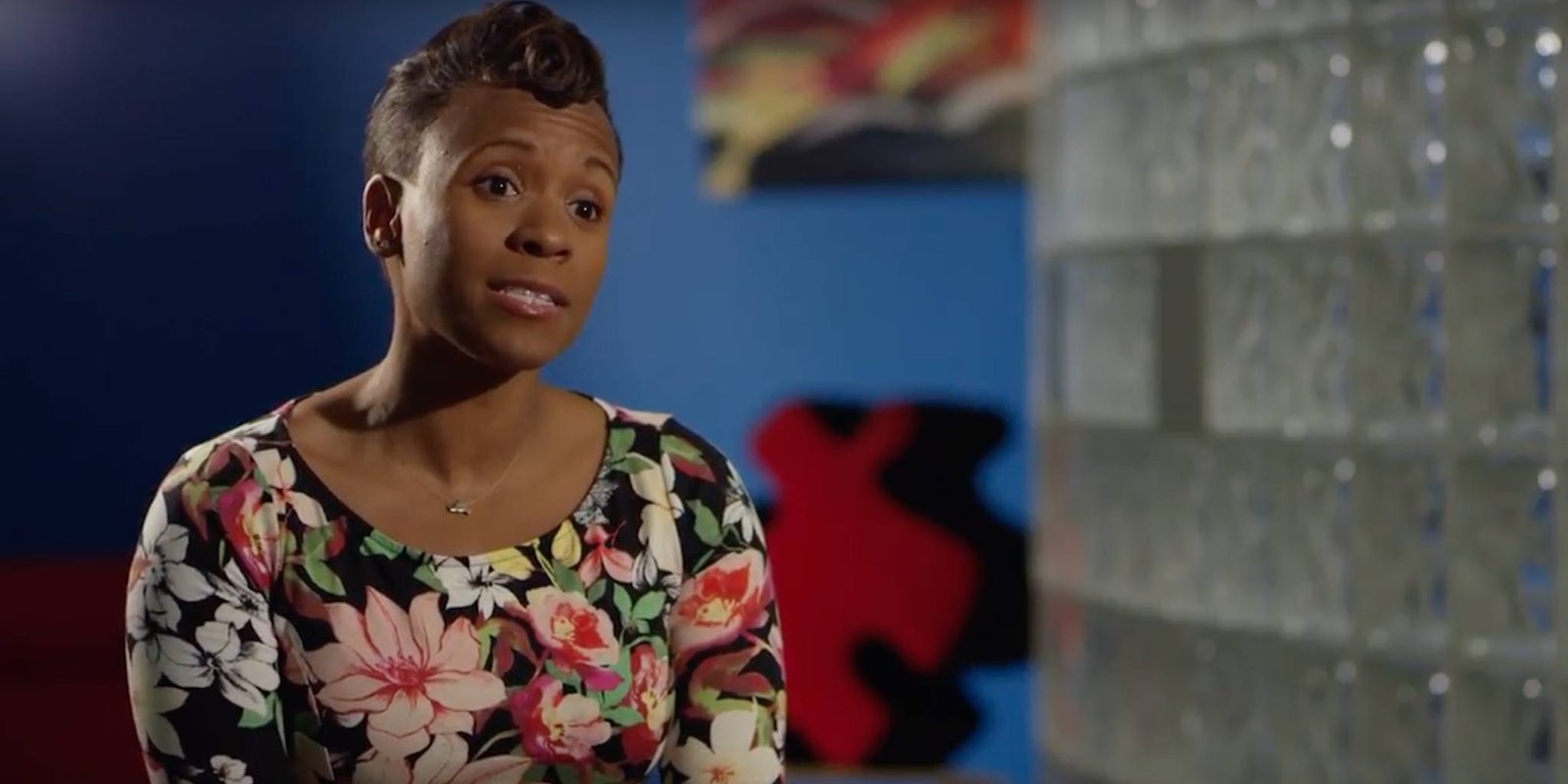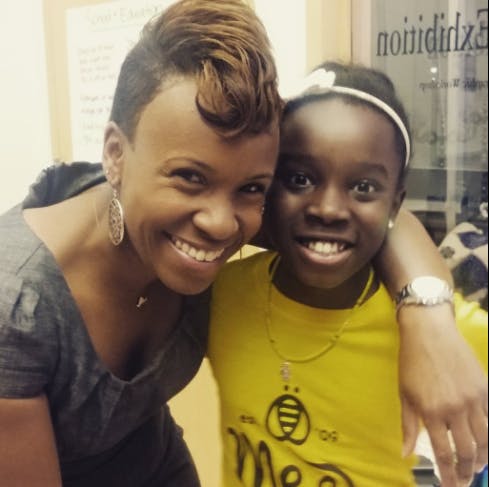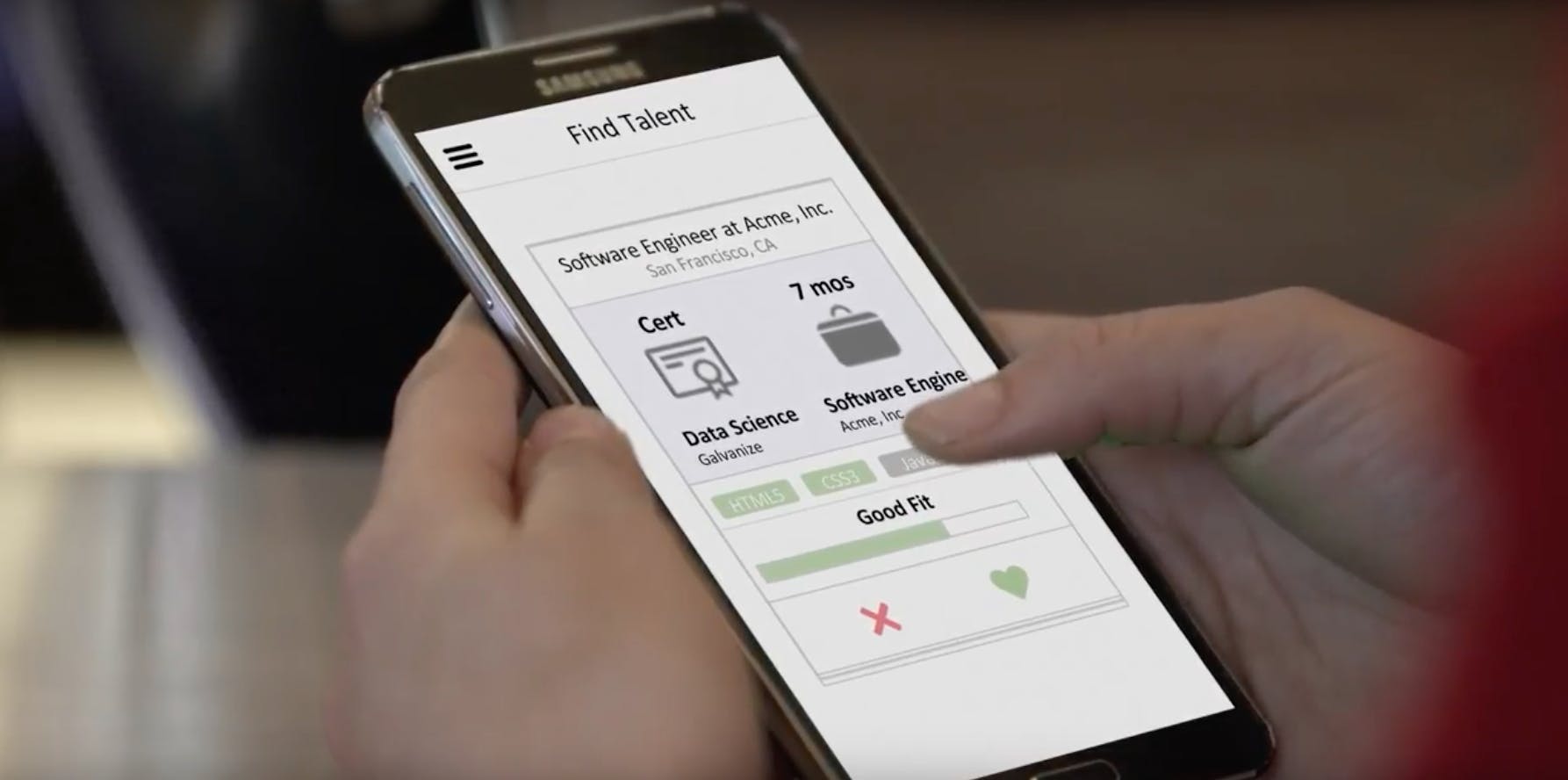Stephanie Lampkin isn’t the typical tech CEO. As a black woman, she is somewhat of a rarity in Silicon Valley, where over 83 percent of tech executives are white and nearly 80 percent are male. The lack of diversity in the tech sector is what inspired Lampkin to create Blendoor, a blind recruiting app that anonymizes user profiles to eliminate bias from the hiring process.
Lampkin, 32, came up with the idea for Blendoor after her own experience with discrimination. She was rejected after eight rounds of interviews for a position at a major tech company. “I learned to code at the age of 13, was a full stack developer by 15, and have an engineering degree from Stanford, but they said I was not technical enough,” Lampkin recalled. “And the role wasn’t even a very technical role.
“That was a wake-up call for me to the effects of bias, unconscious or not.”
Her feelings of frustration were reinforced in the fall of 2014, when many Silicon Valley companies released their annual diversity EEO-1 data, which showed only 20 percent of leadership in the high-tech sector were Women, 3 percent Latino, and just 2 percent African-American. The numbers brought to light some of the ways Silicon Valley could be discriminatory by design, and it gave Lampkin the motivation she needed to turn an idea into a company.
Many technology companies blamed the lack of diversity on a pipeline issue, but Lampkin realized the data was only part of the story. “They said there weren’t enough qualified women and people of color to hire, but I knew from my own experience that wasn’t the case,” Lampkin explained. “And I wanted to create a platform that could use data to reveal it’s not just a pipeline issue.”
Blendoor hides each candidate’s name, photo, and age, making it so that the only things employers can see are their skills, work experience, and education. “By doing this we are able to circumvent bias when it comes to things like gender or the way a name sounds which can determine response rate,” Lampkin said.
Of course, Blendoor alone can’t solve Silicon Valley’s diversity issues. Lampkin says there are several key changes the tech industry will need to make. “One problem is these companies are recruiting from a small number of Ivy League schools,” she said. “They need to expand the hiring pool to include schools they don’t traditionally recruit from, small states schools and historically black schools.” Inclusivity is another issue. “They say diversity is inviting someone to the party; inclusivity is asking them to dance. It’s not just enough to hire them it’s about making them comfortable enough to speak up.”
Lampkin believes the data collected once a candidate is in the hiring pipeline can shed light on barriers to entry that marginalized groups face. “I think it’s important companies know they will be held accountable by the data and performance metrics,” she said. To that end, Blendoor will soon introduce a scoring system, called the Blendoor score, that will “rate companies and rank them” based on things like how many women and minorities progress through the hiring process and how far these candidates go. “Hopefully we will be a part of a broader de facto recruiting standard in the future, and see this implemented across the board.”
“I wanted to create a platform that could use data to reveal it’s not just a pipeline issue.”
Lampkin says her vision is to extend Blendoor’s technology beyond hiring and to explore other possible applications in the healthcare industry and the sharing economy, “where things like race can have an impact on diagnosis” or customer approval.
Blendoor has already seen some successes, the company just launched its beta and will be introducing its next version in early 2017. The company will be closing its first fundraising round in February, but with just $250,000 raised to date, it still has a long way to meet its $1.5 million goal. Only about a dozen black female entrepreneurs in Silicon Valley have been able to hit the million-dollar-funding mark.
That’s not the obstacle that Lampkin worries about. “My biggest challenge is staying motivated and inspired when coming up against so many brick walls,” she said. It’s the thought of the next generation of workers that inspires her.
“I make it a point to be very visible in hopes it will reach a young girl like me that doesn’t have as much exposure,” she said. “That’s what keeps me going.”




